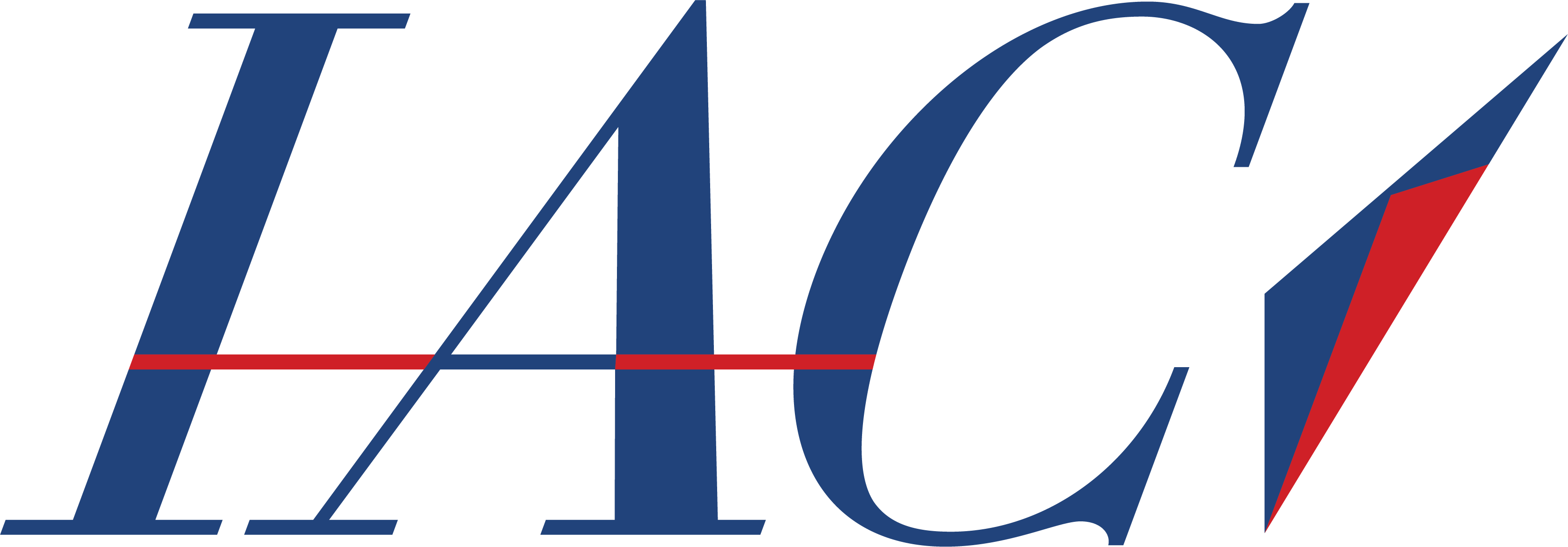
Earnings per share (EPS) of -$2.93 significantly missed estimates, indicating profitability struggles.
Revenue of approximately $938.7 million surpassed expectations, showcasing the company’s ability to generate sales.
A strong liquidity position with a current ratio of about 2.75 suggests financial stability.
IAC Inc. (NASDAQ:IAC) is a media and internet company known for its diverse portfolio of brands and businesses, including Angi Inc., which focuses on home services. Competing in the digital and media sectors, IAC strives to maintain its position in a rapidly evolving industry.
On November 11, 2024, IAC reported an earnings per share (EPS) of -$2.93, significantly below the estimated EPS of -$0.22. This result was also much worse than the previous year’s loss of $0.30 per share, as highlighted by Zacks Investment Research. Despite the disappointing EPS, IAC’s revenue for the period was approximately $938.7 million, surpassing the estimated $922.2 million. This indicates that while the company is struggling with profitability, it is still able to generate substantial revenue.
During the Q3 2024 earnings call, key figures such as Christopher Halpin, the Executive Vice President, CFO, and COO, and Joey Levin, the CEO, discussed the company’s financial performance. The call included analysts from major financial institutions, providing a platform for IAC to communicate its strategic direction. The discussion was crucial for stakeholders to understand the company’s current challenges and future plans.
IAC’s financial metrics reveal a mixed picture. The company has a price-to-sales ratio of approximately 1.07, suggesting that investors are paying $1.07 for every dollar of sales. The enterprise value to sales ratio is about 1.13, indicating a similar valuation when considering debt and cash. However, the negative earnings yield of -0.32% and a negative price-to-earnings ratio of -311.69 reflect ongoing losses, which may concern investors.
Despite these challenges, IAC maintains a strong liquidity position, with a current ratio of about 2.75. This suggests that the company has sufficient current assets to cover its current liabilities. Additionally, the debt-to-equity ratio of approximately 0.34 indicates a relatively low level of debt compared to equity, which could provide some financial stability as the company navigates its profitability issues.

